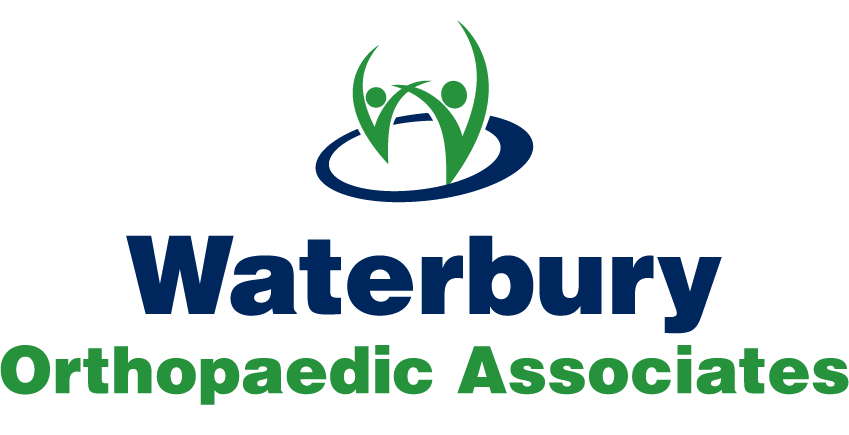- Home
- Treatment of Fractures
Treatment of Fractures
- Overview
- Conditions Treated
Treatment of Fractures Overview
Although our bones are strong and have some flexibility to them if a significant force is applied a break or a crack in the bone may occur. A broken bone is also called a fracture. Any bone in the body can sustain a fracture and these fractures can occur in a variety of ways. The most common causes of fractures are injuries, prolonged stress from overuse and bone-weakening diseases such as osteoporosis or tumors. There are many types of fractures ranging from a minor crack in a bone, to multiple fractures with significant displacement.
The treatment for a fracture depends on the type of fracture and the bones involved. The goal of treatment is to align the fractured bones to allow them to heal. If the bone breaks but does not tear the surrounding tissue then it is considered a simple break (closed fracture). For these types of minor fractures to heal properly, it usually requires immobilization of the bone by a brace, splint, or cast. When the break is more complex it may require surgery to align the bones for proper healing. It is important that you receive a diagnosis promptly; otherwise you can cause additional damage to the bone, nearby blood vessels, nerves and other tissue.
Symptoms of a broken bone or fracture include pain, swelling, bruising or discolored skin, or the inability to move the affected body part. If you think you have suffered a fracture that has not broken skin, schedule an evaluation with one of our specialty-trained doctors. Typically a medical exam and x-rays are necessary to confirm a fracture diagnosis.
Please note that if you have a complex fracture or dislocation for which the wound is open, bleeding, or the bone is exposed, please call 911 or visit the nearest emergency room.
Sports Medicine Conditions Treated
Waterbury Orthopaedic Associates provide diagnosis and treat orthopaedic diseases and injuries of the musculoskeletal system including the bones and joints of the arms, legs, spine and related structures such as nerves, ligaments, tendons, and muscles. The goal of our fellowship-trained orthopaedic physicians is to return you to optimum health and get you mended and back on track as quickly as possible.
- Spinal fractures to finger fractures
- Bracing & casting
- External & internal fixation
- Minimally invasive plating techniques
- Intramedullary rodding techniques
- Post-fracture care

